As the F-35B joint strike fighter completes final operational testing, including bomb runs and shipboard landings, a less well known and highly advanced component critical to keeping the jet in the air received its last required upgrade before the aircraft can be certified as operational.

Known as ALIS, the Autonomic Logistics Information System serves as a hub of information for the F-35 fleet, transmitting aircraft maintenance needs directly to maintainers. The system enables F-35 operators to plan ahead to maintain and sustain its systems over the life of the aircraft.
ALIS integrates a broad range of capabilities including operations, maintenance, prognostics, health management, supply chain, customer support, training and technical data. A single, secure information environment provides users with up-to-date information on any of these areas using Web-enabled applications on a distributed network. ALIS receives ‘Health Reporting Codes’ via a radio frequency downlink while the F-35 is still in flight; this enables the pre-positioning of parts and qualified maintainers so that when the aircraft lands, downtime is minimized and efficiency is increased.

(Photo: Pfc. Remington Hall/Marine Corps)
The F-35 is the first aircraft to have sustainment tools engineered in concert with the aircraft for efficiency and cost effectiveness. Compared to previous aircraft, a higher fidelity of information about the F-35 fleet is tracked within ALIS to reduce operations and maintenance costs and increase aircraft availability.


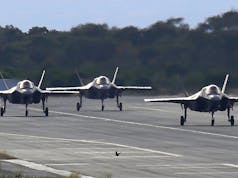
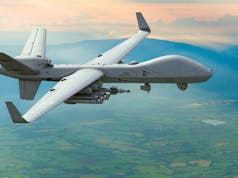
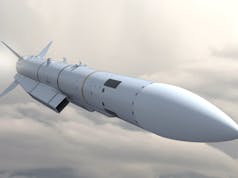

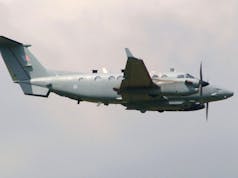

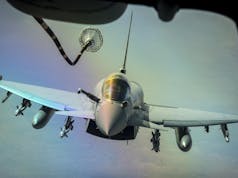




Bit like our trains which have been doing that for years.